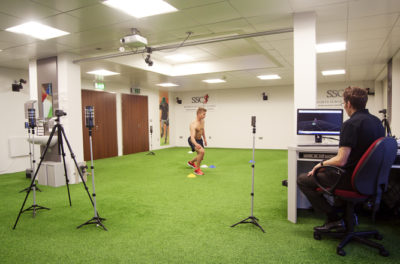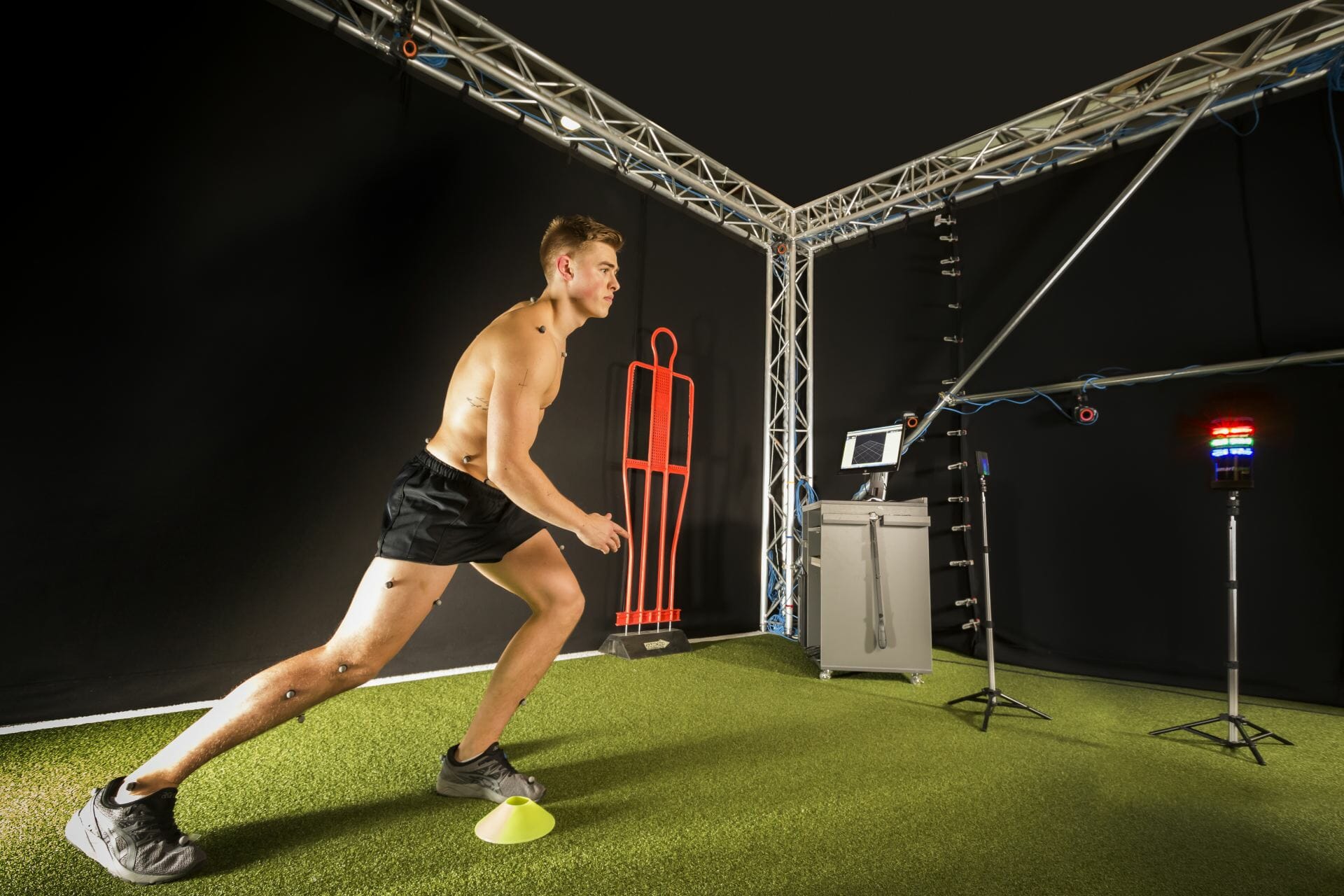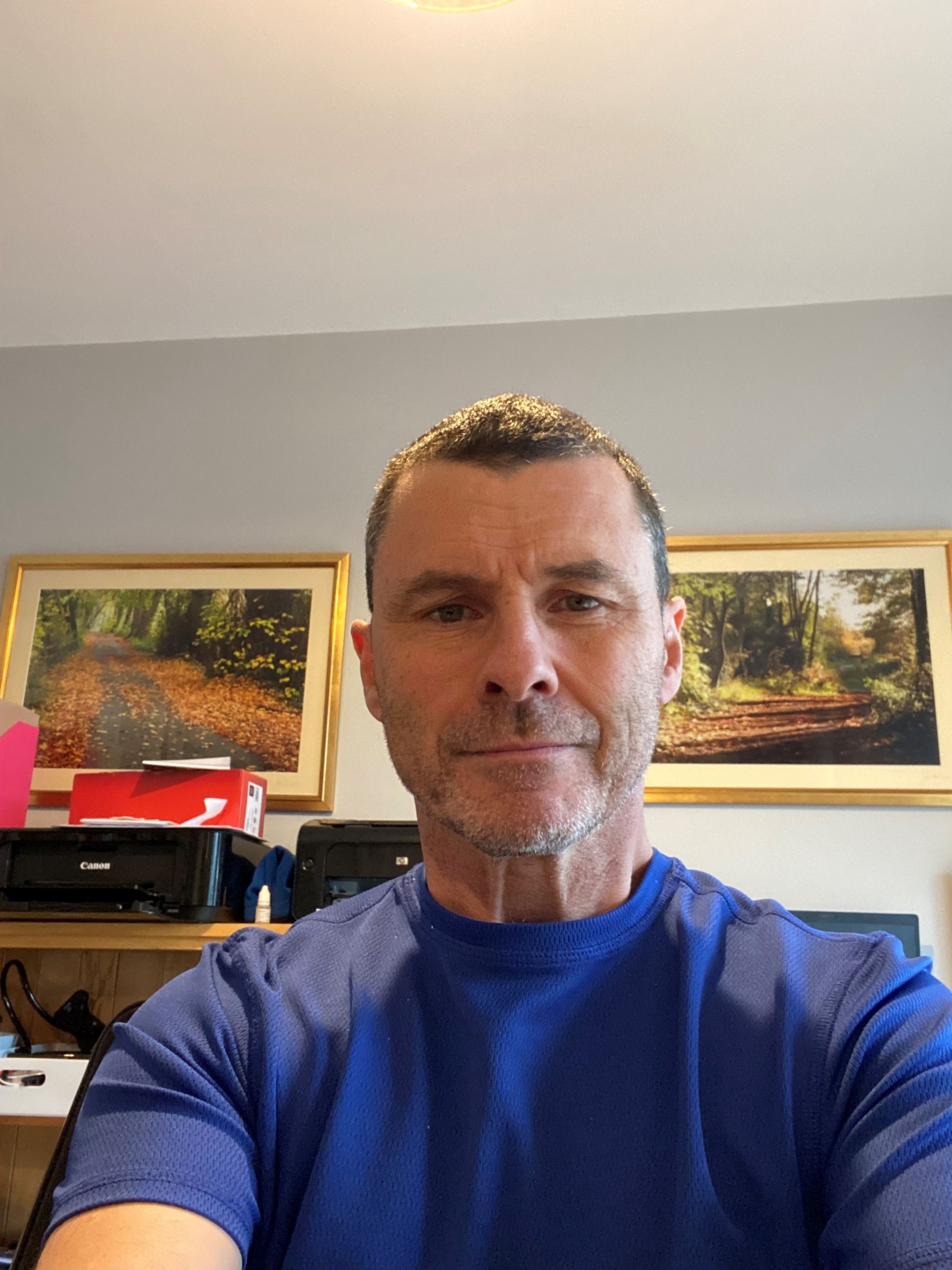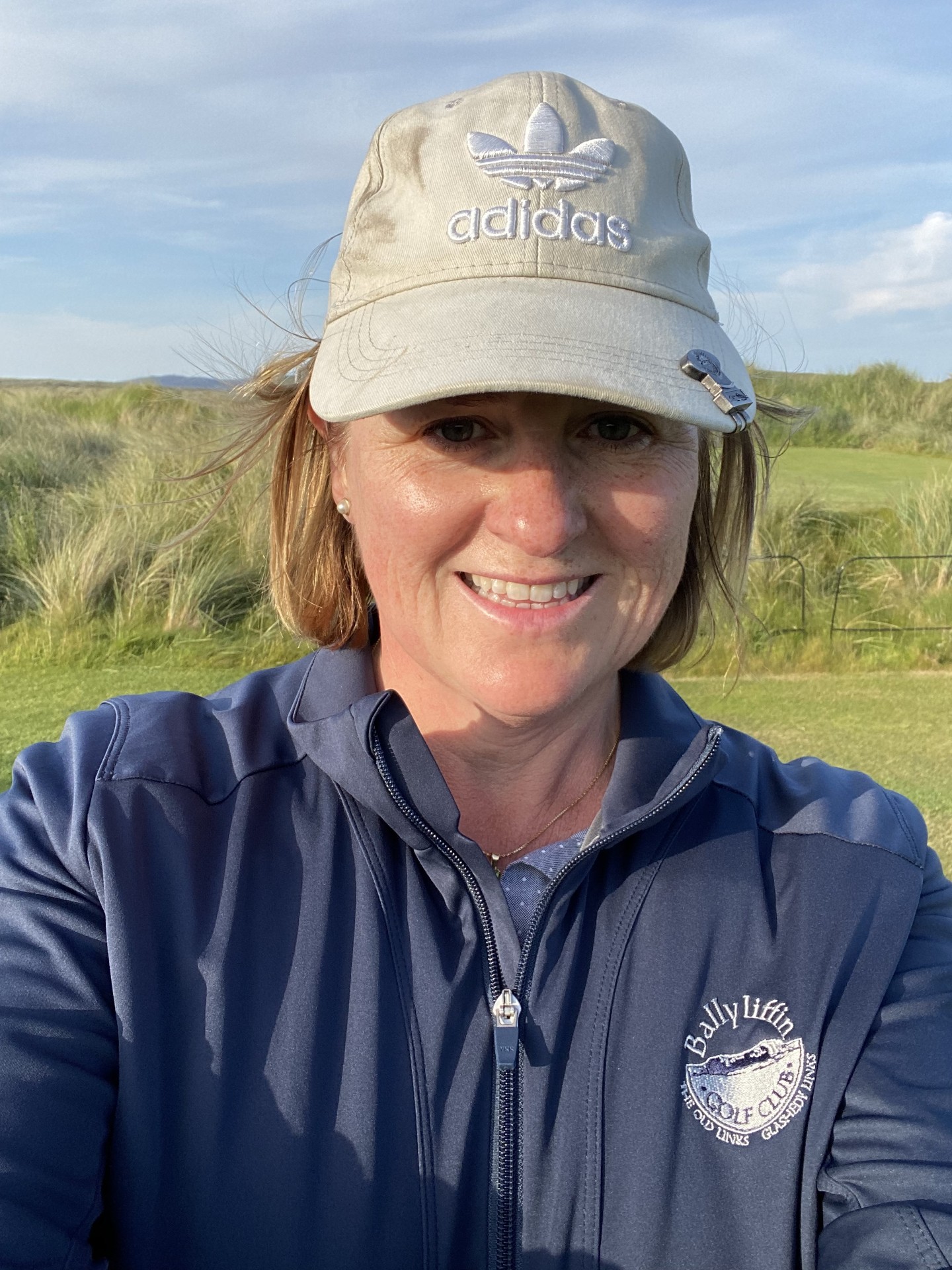An ACL injury is o ne of the most feared injuries for any athlete playing multi-directional field sports.
ne of the most feared injuries for any athlete playing multi-directional field sports.
Given the long-term rehabilitation required, and the challenges in returning to play it can often stall or derail the most promising of playing careers. Despite the severity of the injury and the length of time laid off, outcomes after ACL reconstruction are extremely successful. The principal indication for having this done is an intention to return to high-level sport, involving twisting, turning, jumping, landing. The main markers for a successful outcome are a return to the same level of sport as participated in prior to injury with little or no symptoms in the knee, and to avoid any re-injury, not only on the operated leg but on the non-operated leg as well.
A huge volume of research has been done and continues to be carried out in the area of operative techniques for ACL reconstruction. The two main and most commonly used techniques are with the patellar tendon graft or hamstring tendon graft. Despite the large volumes of operations that are done on an annual basis, there has been very little definitive research to indicate any major benefit in having one technique versus the other. What is of far greater consequence is the skill of your surgeon, and there is plenty of research to support the fact that the more ACLs your surgeon does, the higher the likelihood is of a successful outcome.
| Almost every player will have had a teammate or friend who has undergone ACL injury, and despite this prevalence, there is actually quite a poor understanding of the amount of work that is required to rehabilitate after surgery and also in what a fully rehabilitated knee looks like. It is this lack of clarity and understanding that very often causes issues in terms of ongoing pain and symptoms, but also of disappointment and poor progress during rehabilitation. |
The principal message is always that ACL rehabilitation is a step by step process which is focused on criteria based progression as opposed to time-based progression. Far too often in the media and in the general population the discussion around ACL rehabilitation centres on timelines i.e. return in 6 months, return in 7 months, return in 9 months.
However this in no way takes into account the nature of the injury, any concurrent damage to the cartilage or other ligaments in the knee during the initial injury, baseline strength and conditioning levels, athletes adherence and diligence with the rehabilitation programme and the level of sport participation that the athlete is returning to. It is important the rehabilitation is progressed in a step by step fashion with advancement to the next level being achieved when previous criteria have been met in order to avoid re-injury but also to avoid athletes taking longer than necessary by “giving the knee more time” when they are ready to push on.
During early rehabilitation the emphasis centres on restoring normal range of motion to the knee, reducing pain and swelling and minimising any muscle wasting that will have happened after surgery. This is then progressed onto graduated balance and body weight strengthening exercises to improve normal movement and activate the muscles around the knee.
| The principal landmarks during the ACL rehabilitation are commencing hopping and landing, running, turning, returning to training, and returning to full competitive action. |
Each of these criteria or landmarks should only be commenced when certain levels of a range of motion, strength, power and neuromuscular control have been achieved. Not only will this guarantee rapid progress through this phase, but it will also minimise any of the complications of overloading or aggravating the knee or the donor site as well as avoiding any acute re-injuries.
As part of our ACL rehabilitation pathway, SSC offers consultancy reviews during the early stages of rehab, in the middle of rehab and at the end once the athlete has returned to play. These reviews consist of a strength assessment using isokinetic and mid-thigh pull and 3D biomechanical analysis in our Vicon lab including, landing, jumping and cutting tests with and without reacting to external cues.
Enda is carrying out his PhD in 3D biomechanics in return to play decision making after ACL reconstruction.
| For more information please contact our Physiotherapy Team on +353 1 5262040 or email physio@sportssurgeryclinic.com |










